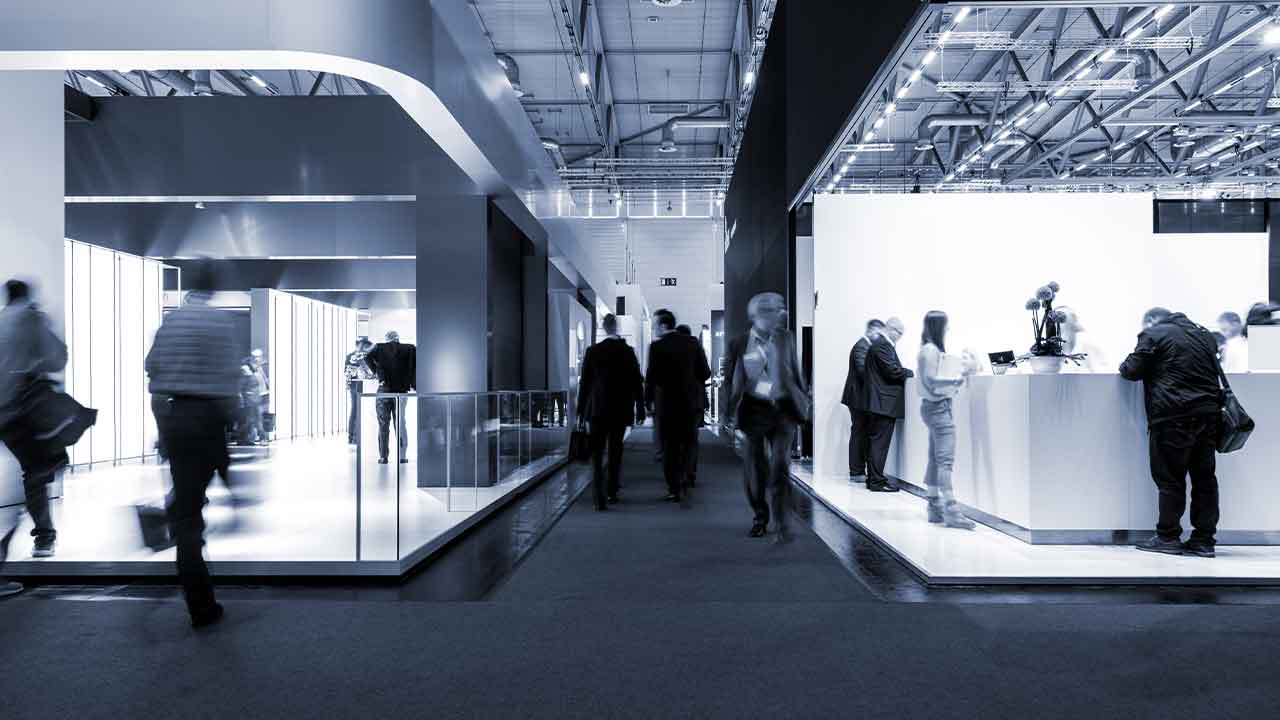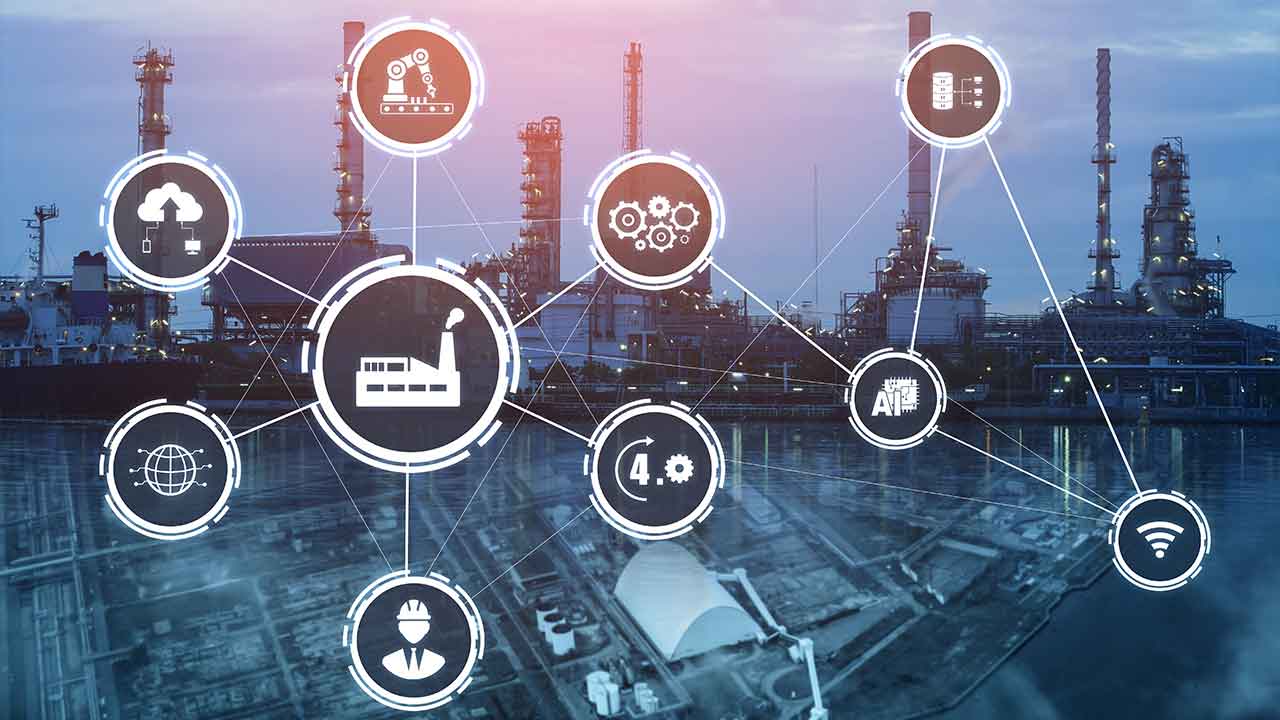Decoding Digital Transformation with IoT
Technology and business professionals are assaulted with new buzzwords daily. Figuring out what they mean in day-to-day work is more challenging. Nowhere is this more confusing as in the Internet of Things (IoT) space, where the term “digital transformation” is often linked to IoT initiatives.
What’s real and what’s not? How far away is digital transformation? And is it linked directly to IoT initiatives? Let’s walk through elements of digital transformation and how IoT will contribute to this important goal.
Defining Digital Transformation
With digital transformation, the pundits are attempting to portray a broad revolution across global organizations, in which digital data is used to provide more effective delivery of services and products. IoT is obviously key here, with its ability to connect sensors, collect data, and run analytics programs.
There are several linchpins of digital transformation: Data, analytics, and automation. The goal is to use digital processes and real-time information to speed up or improve experiences, something that can certainly be achieved in IoT.
IoT devices have the potential to establish a deeper, real-time connection between organizations, supply chains, and customers. Just as an example, think of how Uber has transformed the transportation business. With real-time location and traffic data, Uber tells you exactly when you’ll get a ride and when you can arrive at your destination. This is an example of how a real-time IoT feedback loop can improve customer experience.
There are plenty of other examples: Automobiles and trucks will be connected to cloud analytics that can predict maintenance problems, saving time for drivers or operators. Health devices can be connected to monitoring systems to track patients at risk. In consumer services, digital data can be used to deliver more personalized services including targeted offers and custom coupons.
There are many stories about how digital transformation has produced tangible results: For example, the transportation industry is able to tap into billions in savings with preventative maintenance. In industrial settings, real-time tracking of workers and equipment can lead to higher safety by issuing alerts or warnings as dangerous conditions develop.
Real ROI with IoT
To embrace and promote digital transformation without risks, managers and IT leaders should move beyond the buzzwords and focus on the economic benefits of IoT, which can be very real.
For example, McKinsey expects that IoT could generate an economic impact of $1.7 tillion to $3 trillion per year in the industrial space, primarily through productivity improvements. This includes IoT data and real-time feedback to achieve energy savings and productivity improvements.
Research firm IDC estimates that by 2018, IoT analytics applications will drive 15% productivity improvements for manufacturers in terms of innovation delivery and supply chain performance.
And by 2018, IDC expects that 60% of Global 1000 companies will integrate IT and operational technology (OT) at the technology, process, security, and organizational levels to realize IoT investments.
The benefits of IoT-driven digital transformation don’t stop at productivity and savings. The tools of digital transformation can also be used for larger, strategic goals. For example, a manufacturer might use data to launch new revenue streams linked to digital services, rather than just delivering a product. These services could include digital analytics, maintenance programs, and portfolio cross-selling of related products.
Digital Transformation Roadmap
So where to start? How do organizations use IoT to driven a more strategic effort in digital transformation? Technological change needs to be executed at the same time as an organizations leadership drives broader, cultural change.
Driving the Data Culture. To drive digital transformation, it requires building awareness about how the organization uses data collection to improve the customer or product experience. Is there data that’s not being used to add value? Amazon.com might be the king of digital transformation. CEO Jeff Bezos’ obsession with data and customer experience is legendary and has produced a winning approach at the company.
Implementing the IoT Cloud: How are you leveraging the cloud? Before organizations get to the step of using IoT data and next-gen analytics to drive innovation, a cloud architecture needs to be built and secured. This may involve an assessment and migration of legacy systems to cloud-based systems that can build a real-time feedback loop.
Security Strategy: The IoT cloud has many risks, including security. IT leaders need to assess the security requirements of moving to an IoT systems, and implement systems with high security and compliance goals. If done correctly, this can be an important differentiator.
Using IoT to drive digital transformation is no trivial task – it requires moving beyond the buzzwords to solve customer problems with a long-term strategic plan. But if IoT leaders take a systematic approach to looking out for how IoT can change their business, digital transformation will come as a natural byproduct of technological innovation.
More about The Roadmap To Digital Manufacturing Transformation
The article was written by Scott Raynovich, and it was published here first. You can find more information on the subject here.



